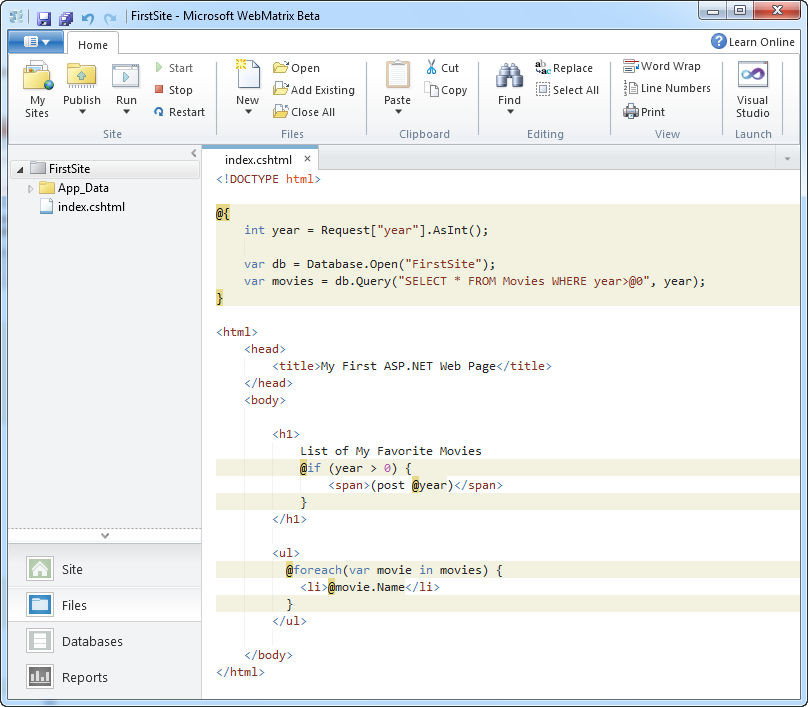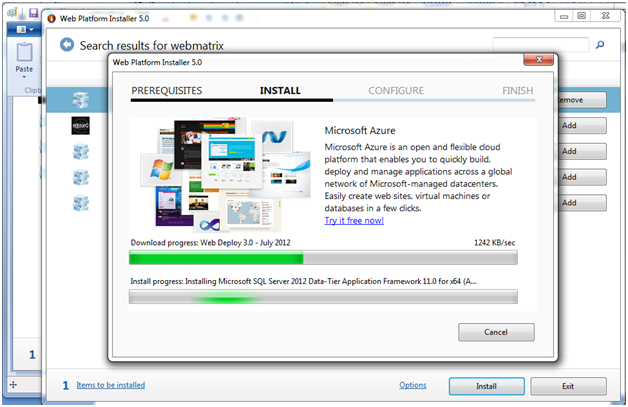
Redirect)4x圎rror on the client5x圎rror on the server WebMatrix Files Workspace Status CodeDescription2xxSuccess3xxInformational (e.g. The following values indicate the status of requests, all of which are standard HTTP response codes: Stop capturing requestsClick Capture Requests in the ribbon. Clear existing requestsClick Clear All in the ribbon. Select an error in the content pane for details. View errorsClick Only Errors on the ribbon. Search for a specific requestEnter the text to find at the top of the content pane. Select an individual request to see details. TaskActionView RequestsClick Requests in the View group in the ribbon. The following tasks are available from the site requests view. Capture RequestsTurns request monitoring on or off. Ignore ImagesRemoves requests that get images from the list. Only ErrorsDisplays requests that results in errors. The site requests tab provides the following functionality.īuttonDescriptionClear AllClears the list of all requests. Pages can be added, reordered or deleted. Manage default pagesPages listed in the content pane are those that IIS will try to run when the request URL does not point to a specific page.

NET Framework version must be set to none. If PHP is not already installed, WebMatrix will guide you through the installation process. Enable PHP supportUnder PHP Settings, select Enable PHP. To apply to a remote site click Publish and Check Compatibility. The setting is included when the site is published if the hosting provider allows it. NET Framework versionSelect a version from the list (typically the latest version, unless you want to make the site backward compatible). This setting is not included when you publish your site.

This enables you to test SSL using a selfsigned certificate with IIS Express. Enable encrypted connections using SSLSelect Enable SSL. If changing from localhost, ensure the domain is registered in the hosts file or DNS server. This setting is preconfigured by WebMatrix and you typically do not need to change it. Set the URL and port numberEnter a URL and an optional port number. TaskActionView Site SettingsClick Settings in the navigation pane. The following table lists the tasks available to manage the site settings: RequestsDisplays the local requests of the site. RestartStops IIS Express, releases resources and restarts IIS Express. RunRuns the site or selected file in the browser. During the first time you publish you will be prompted to configure the site publish settings. The site settings ribbon along the top of the application provides the following functionality.īuttonDescriptionMy SitesLists sites that you have created. These can be accessed through the Workspace Selector in the bottom left corner.Īfter you choose to create a site, the site workspace is automatically displayed, providing a screen for the configuration of website settings. WebMatrix consists of a number of different workspaces, each focused on particular aspects of your website. WebMatrix guides you through the process and downloads all dependencies required for the application such as any required databases. When you choose to create a site from the web gallery, you will be presented with a number of well known applications such as WordPress, Drupal, Joomla and many more.

The following table describes each of the site creation methods available.Ĭreation MethodDescriptionSite From Web Galler圜reate a site from a list of open-source ASP.NET and PHP web applications that you can freely use.Site From TemplateCreate an empty site or choose from one of the customizable templates.Site From FolderCreate a site from a folder of pre-existing web files. Once installed, the WebMatrix quick start screen gives a choice of four options. Installation is as simple as clicking on Spotlight from the Web Platform installer and clicking Add for the components you wish to install.Īdditional products and applications can be installed through the same installer.

A simple installation for WebMatrix is provided at via Microsoft’s Web Platform Installer, which will also guide you through the installation of dependencies such as ASP.Net Pages, SQL Server Compact 4.0 and Microsoft.NET Framework 4.


 0 kommentar(er)
0 kommentar(er)
